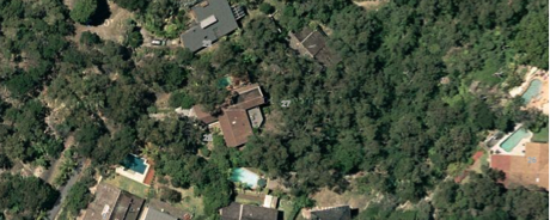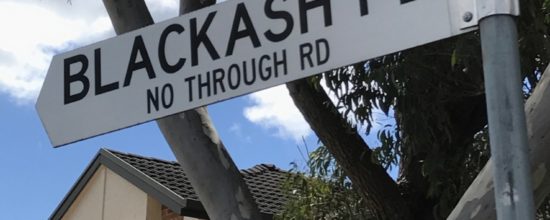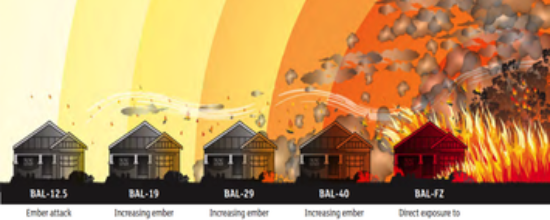Rethinking crisis communications
I was fortunate enough to be a coauthor of an article, Rethinking Crisis Information for position magazine originally published in issue 105 of Position magazine. It is authored by Maritin Tomko, Lew Short, Sisi Zlatanova and Maurits van der Vlugt. The communication of the...














